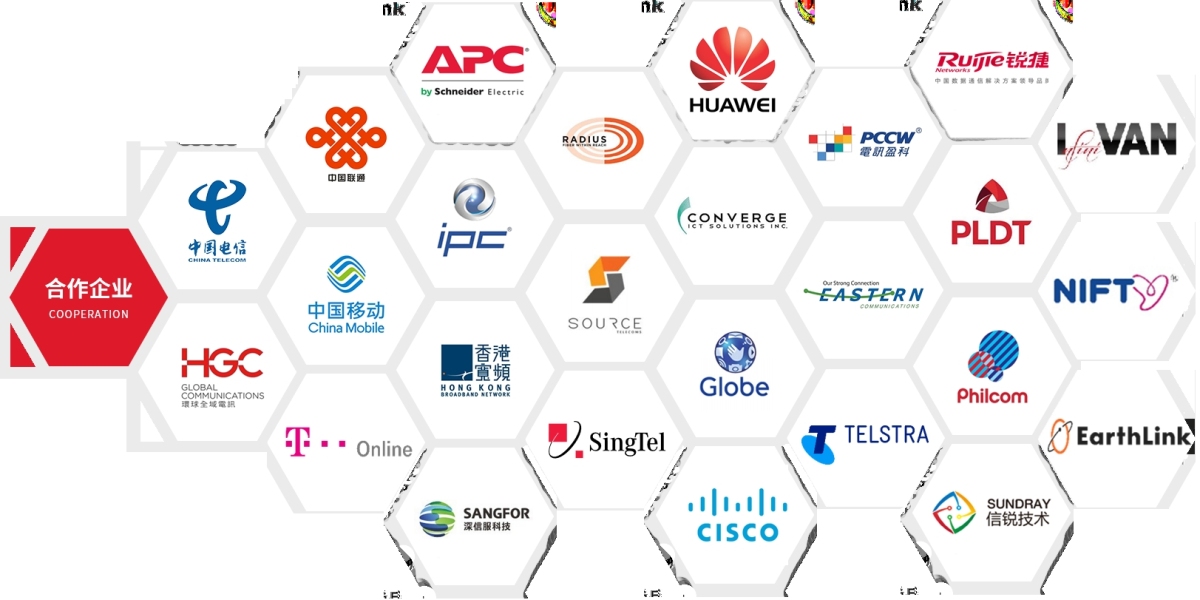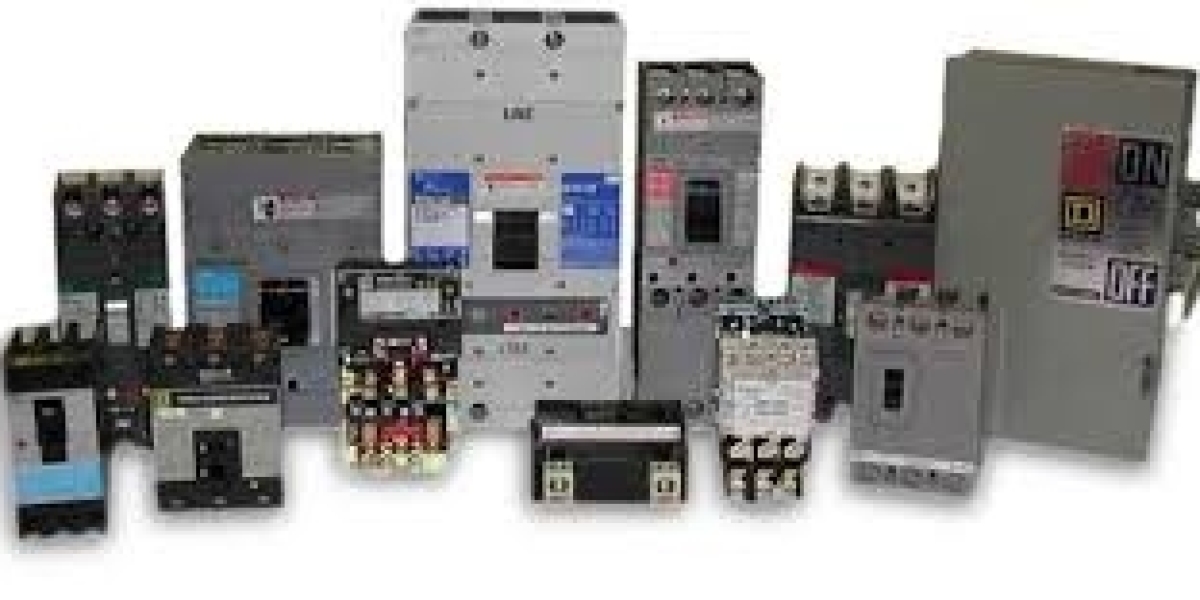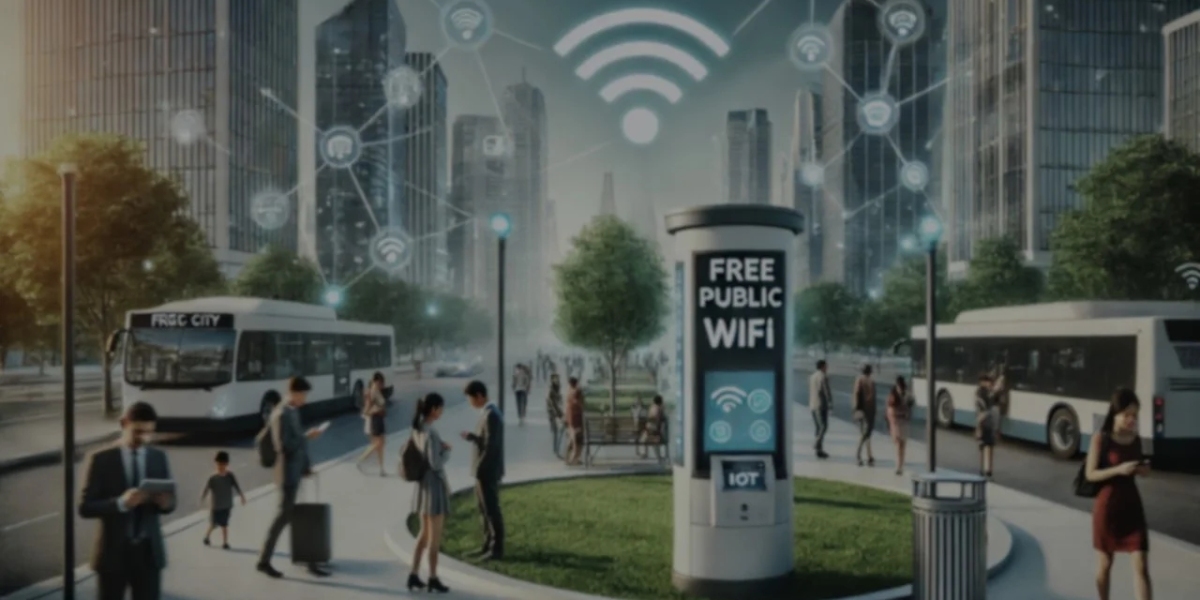Introduction: Why Choosing the Right ISP Matters
Types of Internet Connections in the Philippines
Top Internet Service Providers in the Philippines (2025)
Side-by-Side Comparison: Speeds, Plans, Pricing
How to Choose the Right ISP for Your Needs
Regional Availability and Coverage Maps
Common ISP Problems and How to Avoid Them
Tips to Boost Your Internet Speed and Reliability
FAQs About ISPs in the Philippines
Conclusion: Stay Connected with the Best Internet Provider
Introduction: Why Choosing the Right ISP Matters
In the digital age, internet access is as essential as electricity. Whether you're working from home, attending online classes, running a business, or simply streaming Netflix, the quality of your internet connection directly affects your productivity and lifestyle.
In the Philippines, choosing the right Internet Service Provider (ISP) can be a challenge. The archipelagic geography, population density, and inconsistent infrastructure mean that speed and reliability vary dramatically depending on your location.
With dozens of providers — from nationwide giants like PLDT and Globe to local providers like Converge and Suniway — understanding your options is key to getting value for money and a stress-free online experience.
? Fun Fact: The Philippines ranked 80th in fixed broadband speed globally in early 2025, showing rapid improvement — but with significant variation by region.
Types of Internet Connections in the Philippines
Before comparing ISPs, it’s important to understand the different internet technologies available in the country. Each has pros, cons, and availability limits.
1. Fiber Optic Broadband
Uses light over fiber optic cables
Fastest and most reliable connection type
Speeds: up to 1 Gbps
Ideal for: Streaming, online work, gaming, large households
Providers: PLDT Fibr, Globe Fiber, Converge, Suniway Home Fiber
2. DSL (Digital Subscriber Line)
Uses traditional copper telephone lines
Slower than fiber and fading out
Speeds: 1–20 Mbps
Ideal for: Light users in legacy areas
3. Cable Internet
Uses coaxial cable (same as cable TV)
Moderate speed and stability
Speeds: 30–200 Mbps
Ideal for: Medium internet usage households
Providers: Sky Broadband, some regional cable operators
4. Fixed Wireless Broadband
Connects via 4G or 5G signal from cell towers
Requires antenna or indoor router
Speeds: 5–100 Mbps
Ideal for: Rural areas or mobile setups
Providers: Globe at Home Prepaid WiFi, Smart Bro, Suniway Wireless
5. Satellite Internet
Connects via orbiting satellite dishes
High latency, weather-dependent
Speeds: 5–50 Mbps
Ideal for: Remote islands, highland barangays
Providers: Kacific, Starlink (in selected areas)
Top Internet Service Providers in the Philippines (2025)
Below is a list of the most prominent ISPs operating across the country. Each has different strengths, technology focus, and regional availability.
? 1. PLDT Home
Coverage: Nationwide
Connection Type: Fiber and DSL
Speed Range: 100 Mbps – 1000 Mbps
Strengths:
Extensive backbone network
Long-standing brand trust
Good customer service in urban centers
Weaknesses:
Lock-in contracts up to 36 months
Mixed feedback in rural areas
? 2. Globe At Home
Coverage: Urban and semi-urban regions
Connection Type: Fiber, Fixed Wireless
Speed Range: 50 Mbps – 1000 Mbps
Strengths:
Strong mobile network integration
Prepaid fiber & wireless options
Family mesh Wi-Fi support
Weaknesses:
Network congestion in peak hours
? 3. Converge ICT
Coverage: Major cities + provincial expansion
Connection Type: Pure Fiber
Speed Range: 200 Mbps – 800 Mbps
Strengths:
High-speed, symmetrical upload/download
Competitive pricing
Weaknesses:
Limited presence in remote towns
Slower support response in some areas
? 4. DITO Telecommunity
Coverage: Limited to select cities (Metro Manila, Cebu, Davao)
Connection Type: 5G Wireless
Speed Range: 100 Mbps – 500 Mbps
Strengths:
No lock-in, flexible promos
Fast wireless deployment
Weaknesses:
New network, limited reach and maturity
? 5. Suniway Home Fiber
Coverage: Select municipalities in Luzon & Visayas
Connection Type: Fiber and Wireless
Speed Range: 50 Mbps – 500 Mbps
Strengths:
Community-focused installation
Hybrid power (solar backup in select barangays)
Competitive rates, good rural penetration
Weaknesses:
Coverage still expanding
? 6. Sky Broadband
Coverage: Metro Manila and selected provinces
Connection Type: Cable Internet
Speed Range: 30 Mbps – 150 Mbps
Strengths:
TV + internet bundles
Occasional promo pricing
Weaknesses:
Limited scalability, slower upload speeds
Side-by-Side Comparison: Speeds, Plans, Pricing (2025)
| ISP | Starting Speed | Max Speed | Entry Plan Price | Connection Type | Best For |
|---|---|---|---|---|---|
| PLDT | 100 Mbps | 1000 Mbps | ₱1,599/month | Fiber, DSL | Business, heavy users |
| Globe | 50 Mbps | 1000 Mbps | ₱1,499/month | Fiber, Wireless | Families, digital households |
| Converge | 200 Mbps | 800 Mbps | ₱1,500/month | Fiber-only | Speed-focused users |
| DITO | 100 Mbps | 500 Mbps | ₱990/month | 5G Wireless | Entry-level, mobile workers |
| Suniway | 50 Mbps | 500 Mbps | ₱1,399/month | Fiber + Wireless | Suburban and semi-rural areas |
| Sky Broadband | 30 Mbps | 150 Mbps | ₱999/month | Cable Internet | Budget TV + internet bundles |
? Note: Pricing and plans vary by region and promo period. Always check provider’s official site for updated offers.
How to Choose the Right ISP for Your Needs
Selecting the best internet provider goes beyond comparing speeds. Your ideal ISP should match your location, budget, use case, and support expectations.
✅ 1. Assess Your Internet Usage
Light Users: Email, browsing, YouTube at 720p – 10–30 Mbps
Moderate Users: Streaming, WFH, online classes – 50–100 Mbps
Heavy Users: Gaming, 4K streaming, CCTV, multiple users – 200 Mbps+
✅ 2. Check Local Availability
Use online coverage maps, Facebook groups, or ask neighbors. Some areas may only support fixed wireless or legacy DSL.
Tip: Fiber-optic is the most reliable if available in your barangay.
✅ 3. Consider the Lock-In Period
Avoid providers that require 24–36 month lock-ins unless you’re certain of long-term use
Look for “no lock-in” plans or prepaid options if you're renting or relocating soon
✅ 4. Evaluate Customer Service Reputation
Browse local Facebook groups or Reddit (r/Philippines, r/PHinternet)
Check response time to outages, technical issues, and billing concerns
Suniway and Converge often receive praise for rural responsiveness
✅ 5. Factor in Bundles and Add-ons
Some providers offer free streaming services (HBO, Viu, Amazon Prime)
Check if mesh Wi-Fi, routers, or installation is included
Look for energy-resilient services (e.g., Suniway offers solar-backed connectivity)
Regional Availability and Coverage Maps
Due to the Philippines’ geography, not all ISPs are available nationwide. Here's a general breakdown:
? Metro Manila
All major ISPs are active (PLDT, Globe, Converge, Sky, DITO)
Highly competitive; fiber widely available
Congestion is common during peak hours
? Central Luzon & Calabarzon
Strong presence of Globe, Converge, and Suniway
Fiber rollouts ongoing in peri-urban barangays
Fixed wireless useful in subdivisions and mid-rise buildings
? Visayas
Cebu, Iloilo, and Bacolod covered by PLDT, Converge, Globe, and Suniway
Some islands rely on fixed wireless or satellite
Barangay-based installation projects growing
? Mindanao
Davao, CDO, and General Santos have major ISPs
Fiber availability limited outside city centers
Wireless and solar-assisted connectivity (Suniway) expanding in Zamboanga and Bukidnon
? Remote and Island Areas
Kacific and Starlink offering satellite broadband
Wireless signal boosters and solar routers in use
Barangay and LGU partnerships are common here
✅ Pro Tip: Always request a site survey before signing a contract, especially if you're in a hilly, wooded, or coastal zone.
Common ISP Problems and How to Avoid Them
Even the best internet service providers occasionally face service issues. Knowing what to expect — and how to avoid or resolve problems — helps you stay connected without stress.
❌ 1. Slow Speeds vs. Advertised Plans
Many users report getting only 50–70% of their subscribed speed during peak hours
Causes: Congested networks, outdated routers, Wi-Fi interference
Solution: Use wired connections when possible; place your router centrally; contact your provider for a speed test or modem upgrade
❌ 2. Frequent Disconnections
Especially common with older DSL and wireless setups
May stem from low signal strength, corroded wires, or environmental interference
Solution: Ask for fiber or mesh Wi-Fi upgrades; if using fixed wireless, request external antenna installation
❌ 3. Hidden Fees or Long Contracts
Some users get surprised by installation fees, modem deposits, or high termination costs
Solution: Ask for a complete cost breakdown before signing and prefer providers with transparent pricing (e.g., Globe, DITO, Suniway)
❌ 4. Unresponsive Customer Service
Delayed technician visits or automated hotline loops are common complaints
Solution: Choose ISPs with local branches or community-based support teams — Suniway and Converge have better rural response times
Tips to Boost Your Internet Speed and Reliability
Get the most out of your plan with these optimization tricks:
✅ 1. Reposition Your Router
Place it centrally, away from walls and appliances
Elevate it (e.g., top of a shelf)
✅ 2. Upgrade to Dual-Band or Mesh Wi-Fi
Use 5GHz for high-speed devices
Add mesh nodes for large homes or multi-floor buildings
✅ 3. Limit Background Apps
Auto-updates and downloads can consume bandwidth silently
Use Quality of Service (QoS) features in your router to prioritize work apps
✅ 4. Switch to Wired Connections
Ethernet is faster and more stable than Wi-Fi
Great for gaming, streaming, or work-from-home setups
✅ 5. Schedule Downtime and Auto-Reboots
Routers benefit from weekly reboots
Schedule low-usage hours for firmware updates and maintenance
FAQs About Internet Service Providers in the Philippines
Q1: What’s the best ISP in the Philippines for 2025?
It depends on your location. PLDT and Globe offer wide coverage; Converge is great for speed; Suniway excels in provincial areas and hybrid solutions; DITO is affordable for wireless.
Q2: Is fiber internet available nationwide?
Not yet. Fiber is expanding rapidly but still limited in rural barangays. Fixed wireless or satellite internet are better alternatives in those areas.
Q3: How long is the typical lock-in period?
Most ISPs require 24–36 months, but some (e.g., DITO, Suniway) offer no-lock-in or prepaid options.
Q4: Can I get internet without a landline?
Yes. Fiber and wireless plans often come without a phone line. Wireless routers from Globe or DITO don’t require any cable or landline setup.
Q5: Which ISP is best for work from home or online classes?
Choose fiber (if available), with at least 50–100 Mbps. Providers like PLDT, Converge, and Suniway offer symmetrical speeds ideal for Zoom and Google Meet.
Conclusion: Stay Connected with the Best Internet Provider
The Philippine internet landscape is improving fast — but knowing which ISP to trust remains a critical decision. Whether you're in a Metro Manila condo or a barangay in Iloilo, the right provider makes all the difference in staying connected, productive, and informed.
Take time to compare coverage, speed, and service reviews. And always ask for a site survey before committing.
As connectivity becomes the foundation of education, business, and even public services, partnering with the right Internet Service Provider in the Philippines is no longer optional — it’s essential.
? Need a dependable ISP with community focus?
Providers like Suniway are bridging the gap between fiber and wireless, urban and rural — bringing smart connectivity to every Filipino home.







